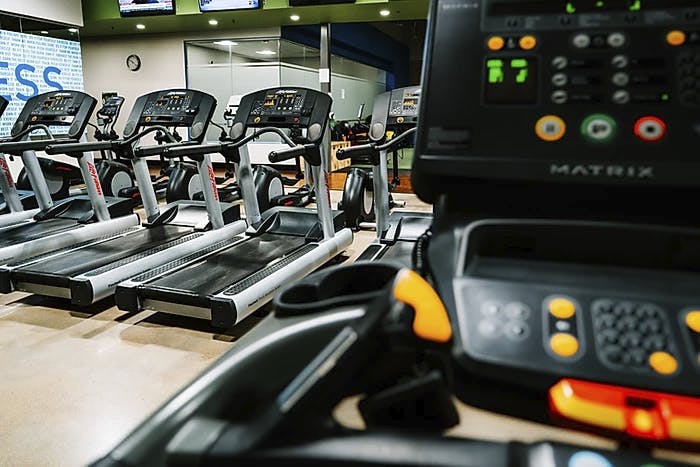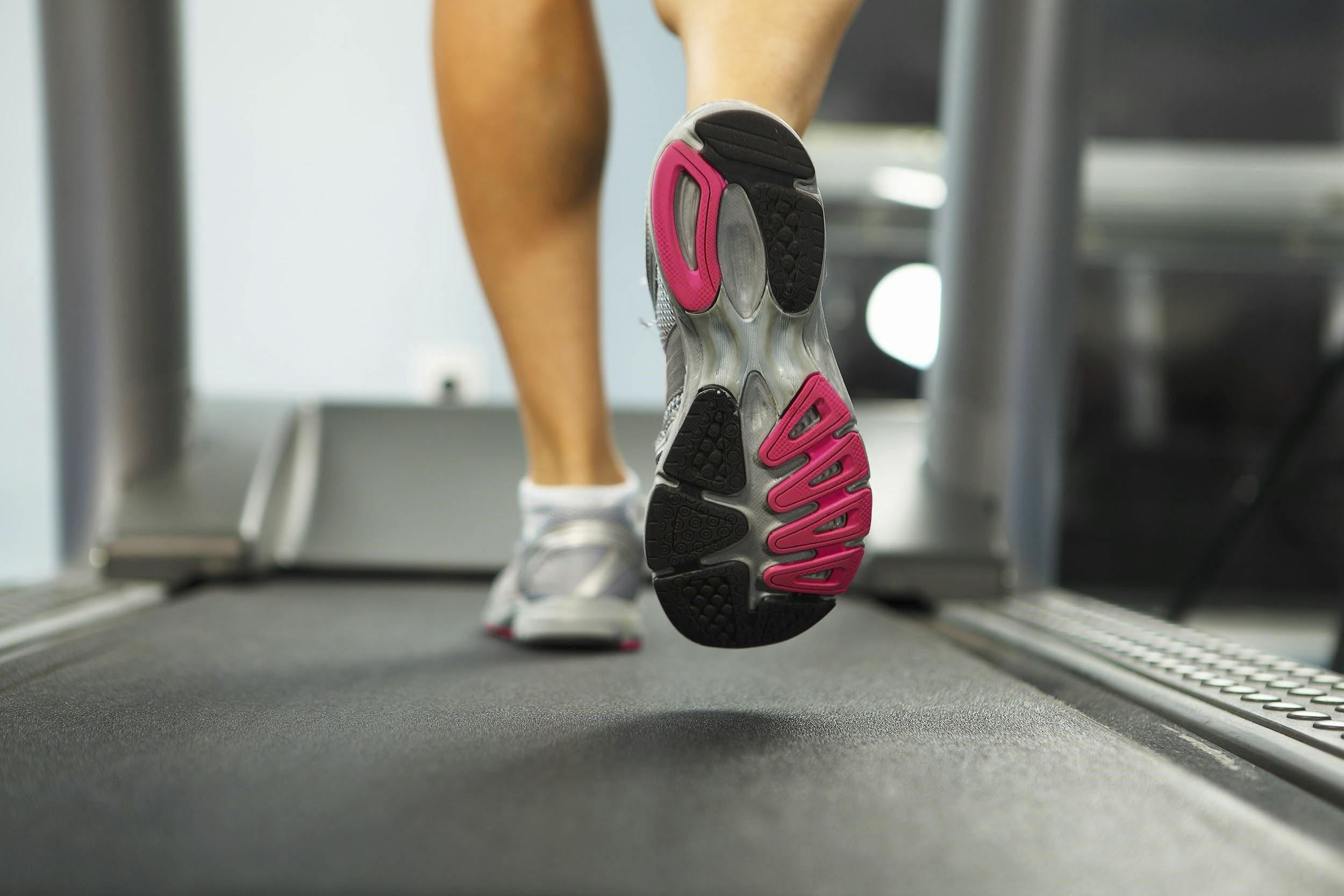
Quick Facts:
- Treadmill running has relatively similar biomechanics to running outdoors.
- If running faster than 7 minutes per mile, a 1% incline should be applied to the treadmill to equate for decreased energy expenditure from lack of air resistance.
- At higher speeds, running on a treadmill will cause a greater increase in your heart rate and perceived level of exertion when compared to running outdoors at those same speeds.
As spring weather begins to tease with occasional days of sunshine and warmth, the call to run in the great outdoors reaches its peak. After experiencing a run filled with breathing in your own hot phlegm that’s stuck to your mask and dodging the newcomers who have discovered your favorite running route, you may find yourself opting for indoor exercise and instead, pumping out seemingly endless miles on a dreadmill – sorry, sorry, treadmill. While this can allow you to get in a solid training run devoid of any potential pandemic threat, there are a lot of questions surrounding the belted beast. Will running on a treadmill vs running outside change your form? Is the old 1% incline rule real? Why is it so freakin’ hard?
Will running on a treadmill vs running outside change your form?
A bit. Does it matter? Not so much. KINETICally speaking (think force or load on joints), there is a slight difference in the amount of load on your muscles and tendons as you run on a treadmill versus running outside. A recent study shows that your quadriceps muscles can work as much as 27% LESS on a treadmill versus outside, formally called overground. If you are training for a (likely virtual) hilly race, make sure you supplement your treadmill training with some eccentric quadricep training to prevent quad explosion on the downhills. On the flip side, your achilles tendon (the thick tendon that connects your calf muscle to the back of your heel) undergoes up to a 14.2% increase in stress on the treadmill versus the great outdoors. If you suspect that you’ll be spending a chunk of this pandemic on a treadmill, make sure to get your achilles ready with some calf raises.

How else does your running form change? KINEMATICally speaking (think position of joints, not force), your hips, knees, and ankles hit pretty much the same angles when you run on a treadmill versus overground. A recent – excuse me – very recent, meta-analysis found that the only difference on treadmills is that when your foot hits the ground, your toes tend to land a little closer to the ground (less dorsiflexion) and your knee has a bit more bend (more flexion). This corresponds with a step length difference of 1-5% which generally indicates that your initial contact (when your foot hits the ground) is closer towards your center of mass (more underneath your body). PHEW. Just look at the pictures.

Fine? Better!
This is often an improvement in running form so treadmills really aren’t all that bad!
Except that they suck. I don’t think I am alone in feeling as though each mile run on a treadmill deserves a medal in itself as the miles – no – the 0.1 miles, tick by ever so slowly.
So is running actually more difficult on a treadmill?
No. In reality, according to a commonly cited , if you are running anything faster than a 7 minute mile, you should actually increase the treadmill to 1% incline to make up for the lack of air resistance. And if you can get up to around a 5 minute mile, you may even want to increase it to 2%. Yikes.
Despite the fact that running on a treadmill requires less energy due to the lack of air resistance, this meta-analysis found that when running at faster speeds, your heart rate and perceived level of exertion are higher on a treadmill than if you are running that same fast speed overground. Conversely, when running at slower speeds, your perceived level of exertion and your heart rate are decreased on a treadmill versus running that same slow seed outdoors. Kinda weird. We can only speculate at this point, but it most likely has to do with fear of flying off the back end of a machine that uses space and gravity to its advantage to embarrass newbies all across the Tube of You. The meta-analysis also found, not surprisingly, that most people demonstrated decreased endurance on a treadmill vs outdoors. Well obviously, treadmills are boring. This analysis demonstrates that treadmills can throw even trained athletes into a tizzy so if you feel as though you are putting in more effort, you are not alone and don’t assume that perception reflects your training. If you feel that you are putting in less effort, then that can also be normal and I’m jealous. If you are running at faster speeds and are worried about decreased energy expenditure, just increase the treadmill to 1% incline, stop bragging to all your friends and coworkers about your newest PR, and get in your miles.
While treadmills can be a rare form of mental torture, they will not change your form enough to matter, they can be adjusted to reduce lack of air resistance, and they can safely be used to get in some quality training when the great outdoors are just not a current viable option.
Now that I’ve dropped this awesome knowledge bomb on you, click here for more help
